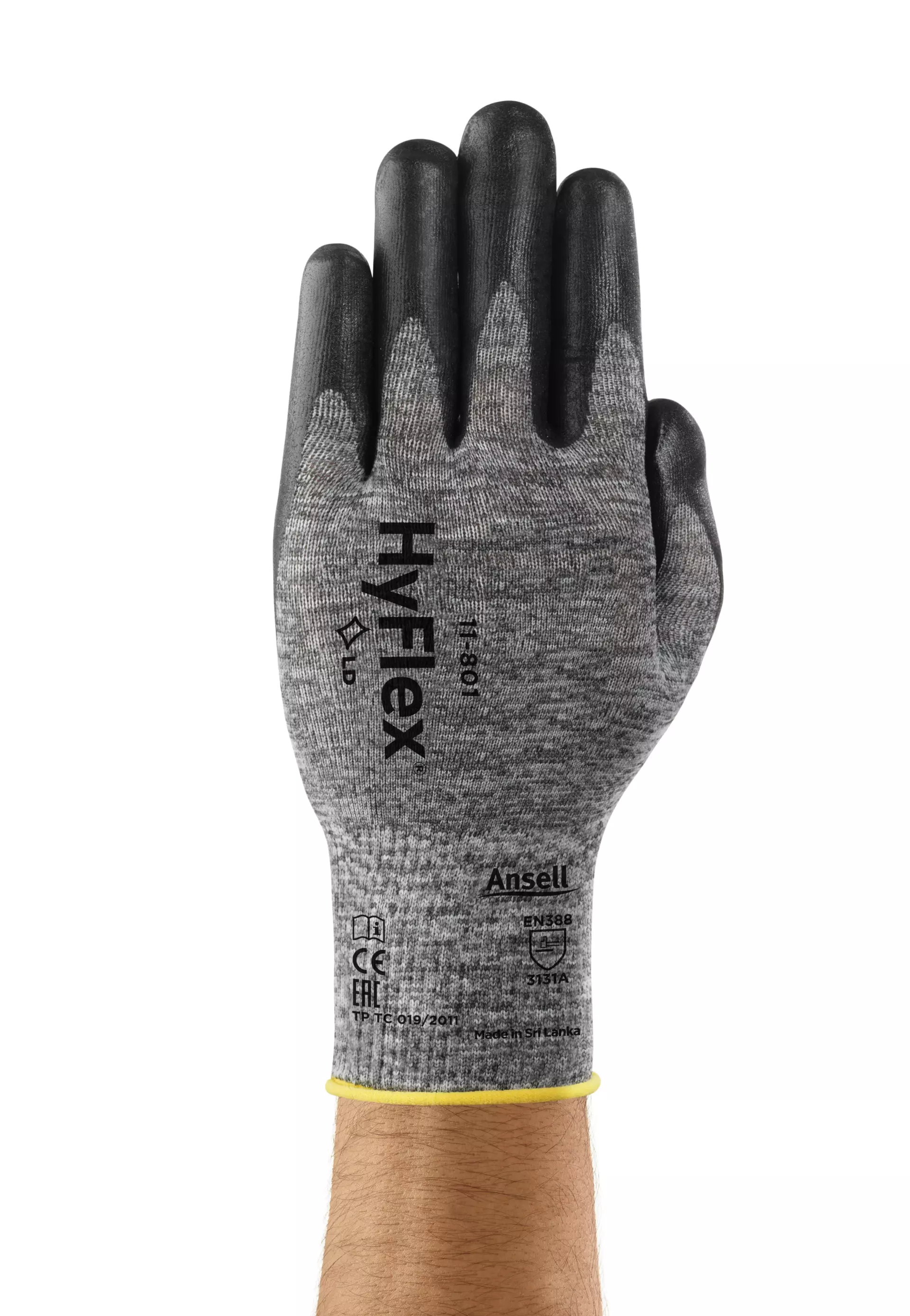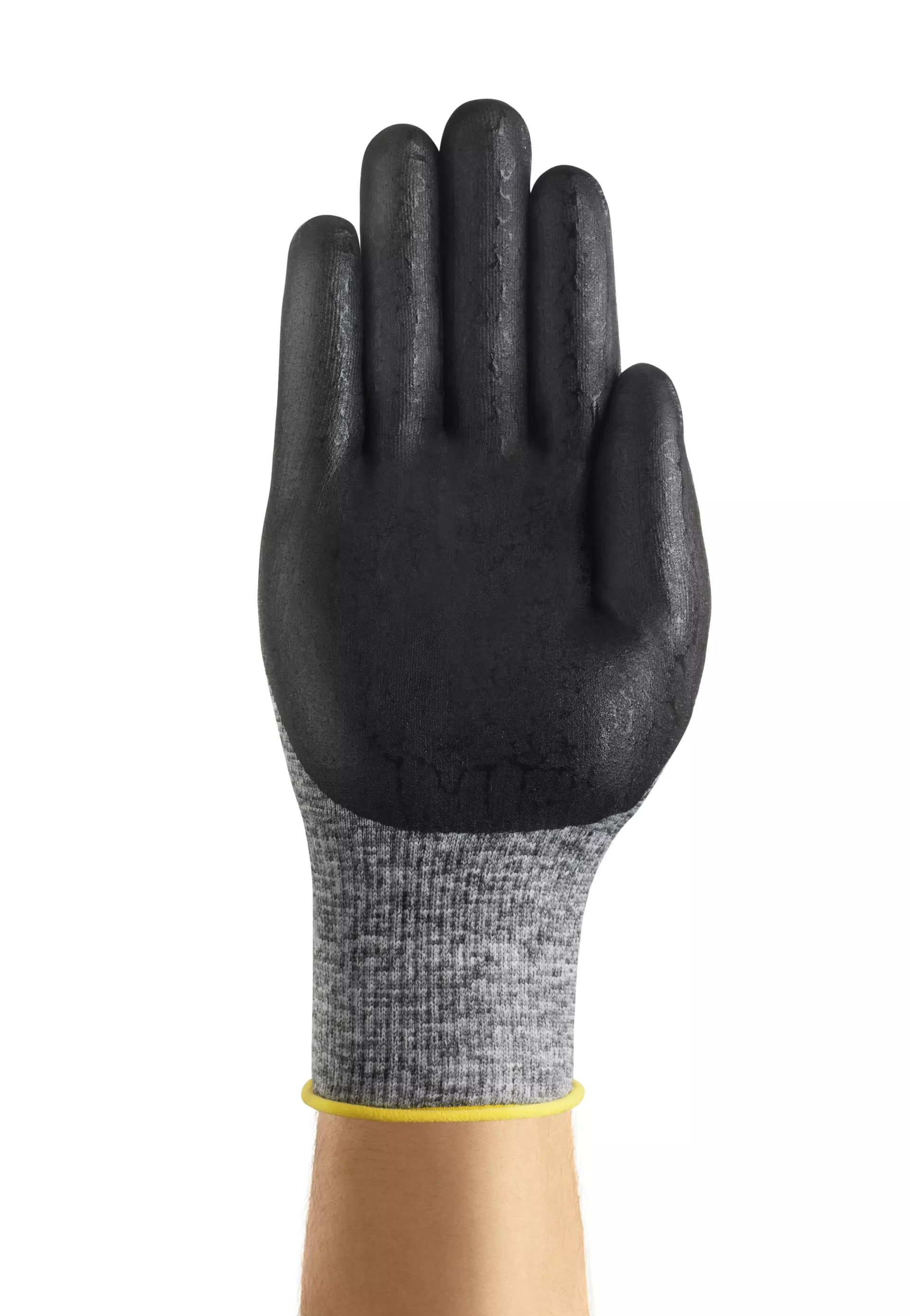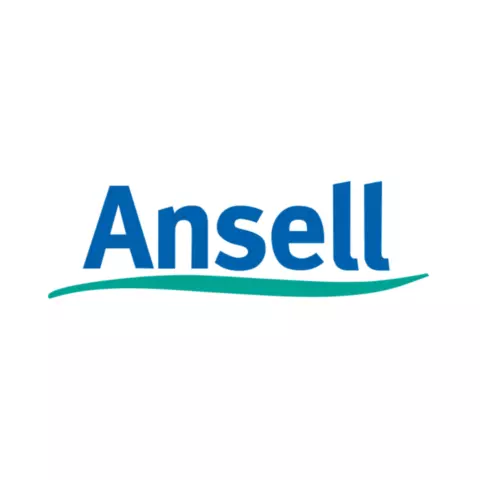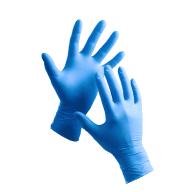HyFlex 11-801
5.0 / 5
Product description
Description
Considered aesthetics: HyFlex® 11-801 industrial gloves’ darker liner helps extend wear life by masking dirt
Elevated comfort: Their nitrile foam coating also makes them 30% more breathable than comparable gloves, for less irritable daily wear
Enhanced grip: The same nitrile coating enhances grip, making them ideal in dry and slightly oily environments
Everyday usability: HyFlex® 11-801 safety gloves’ ZONZ™ Comfort Fit Technology relieves tension and delivers a tailored feel
Improved durability: These HyFlex® gloves also possess ANSI/EN-compliant abrasion resistance, for longer wear
Guaranteed skin-friendliness and cleanliness: They are Dermatest®-approved for skin-friendliness, and benefit from an impurity-extracting proprietary washing process
Recommended for
Picking, fastening components
Adjusting systems and screwing
Loading and unloading trucks and vehicles
Handling incoming goods
Product shipping, transport and delivery
Lock smith
Product Details
Antistatic : Yes
Length : 192-265 Mm/ 7.55-10.51 Inches
Available Sizes : 6, 7, 8, 9, 10, 11
Coating Color : Black
Coating Material : Foam Nitrile
Construction : Knitted
Cuff Style : Knitwrist
Finishing : Palm Coated
Gauge : 15
Latex Free : Yes
Liner Color : Grey
Liner Material : Nylon
Silicone Free : Yes
Washing Temperature : 40 °C (104 °F)
About Coated Cut Protection Glove
Coated Cut Protection Gloves provide essential hand safety with cut-resistant materials and specialized coatings for enhanced grip. Ideal for construction, manufacturing, and handling sharp materials, these gloves offer both protection and dexterity for demanding work environments.
- Machine Washable
- Cut Resistant
- Electrical Protection
- Hand Protection
Standards and labels
Ansell delivery terms
Free delivery for all Ansell products
429,99 €
Price per 12 packages (144 pairs)
2,99 € / pair
Free delivery
A carton contains 12 packages (144 pairs)





